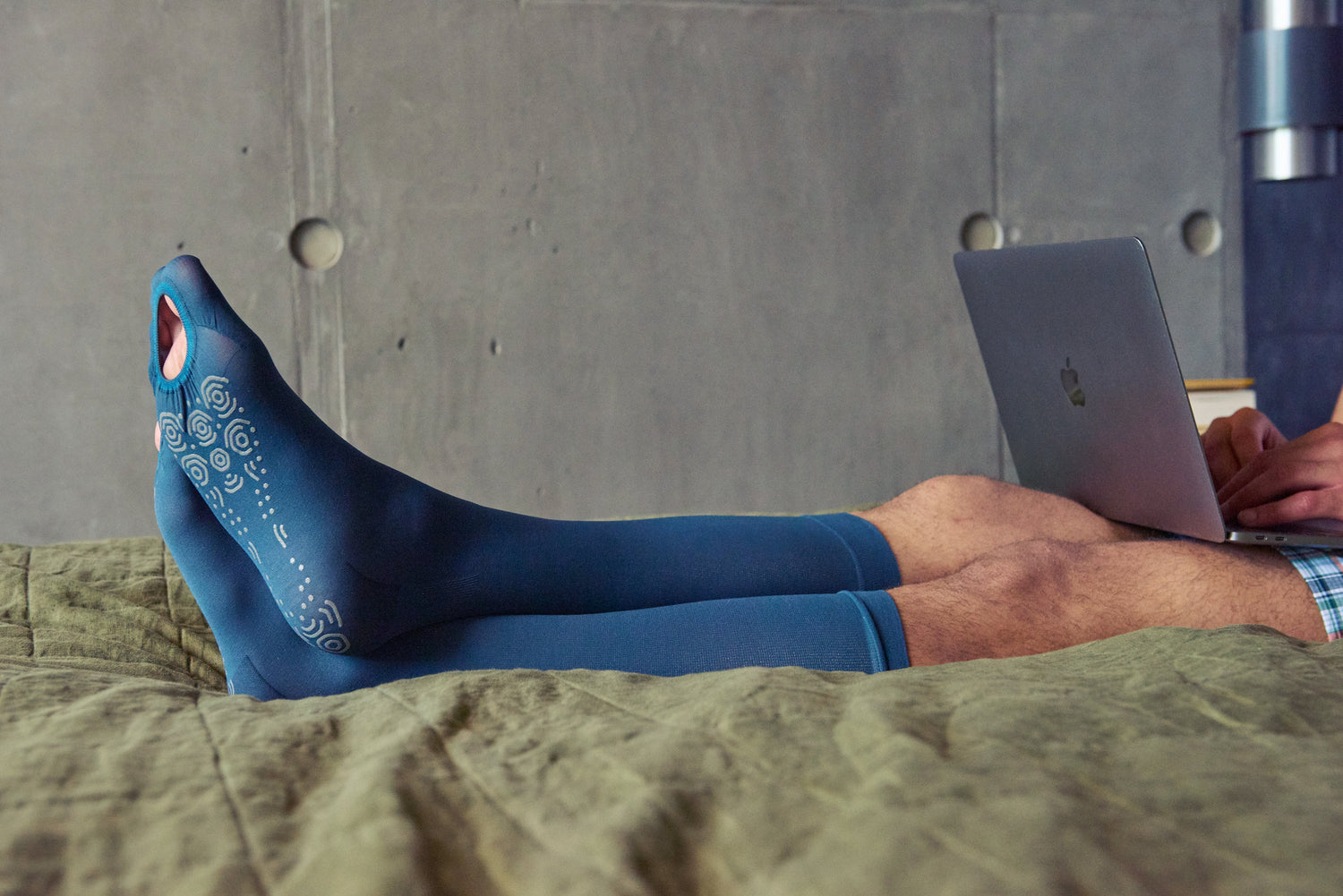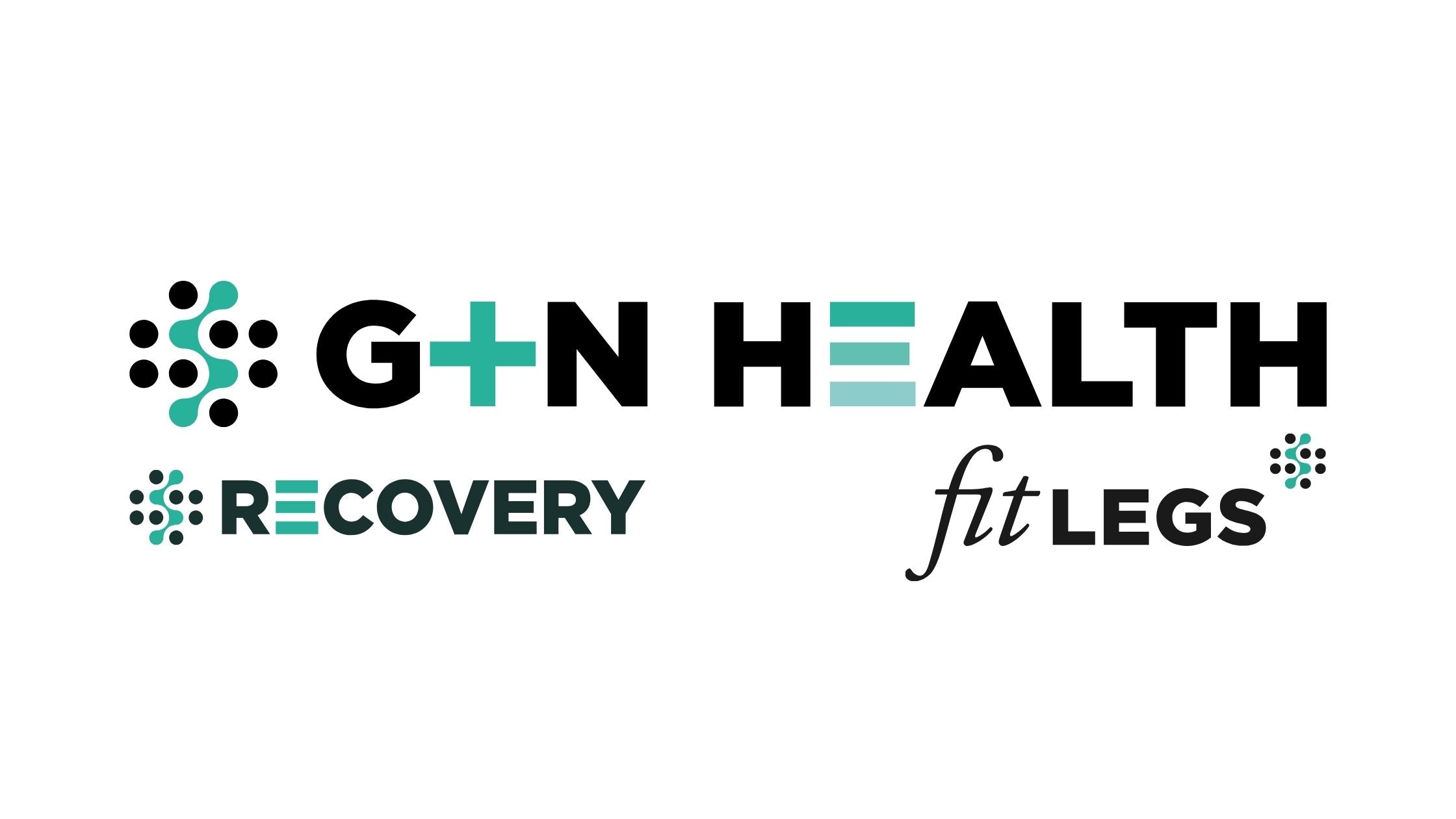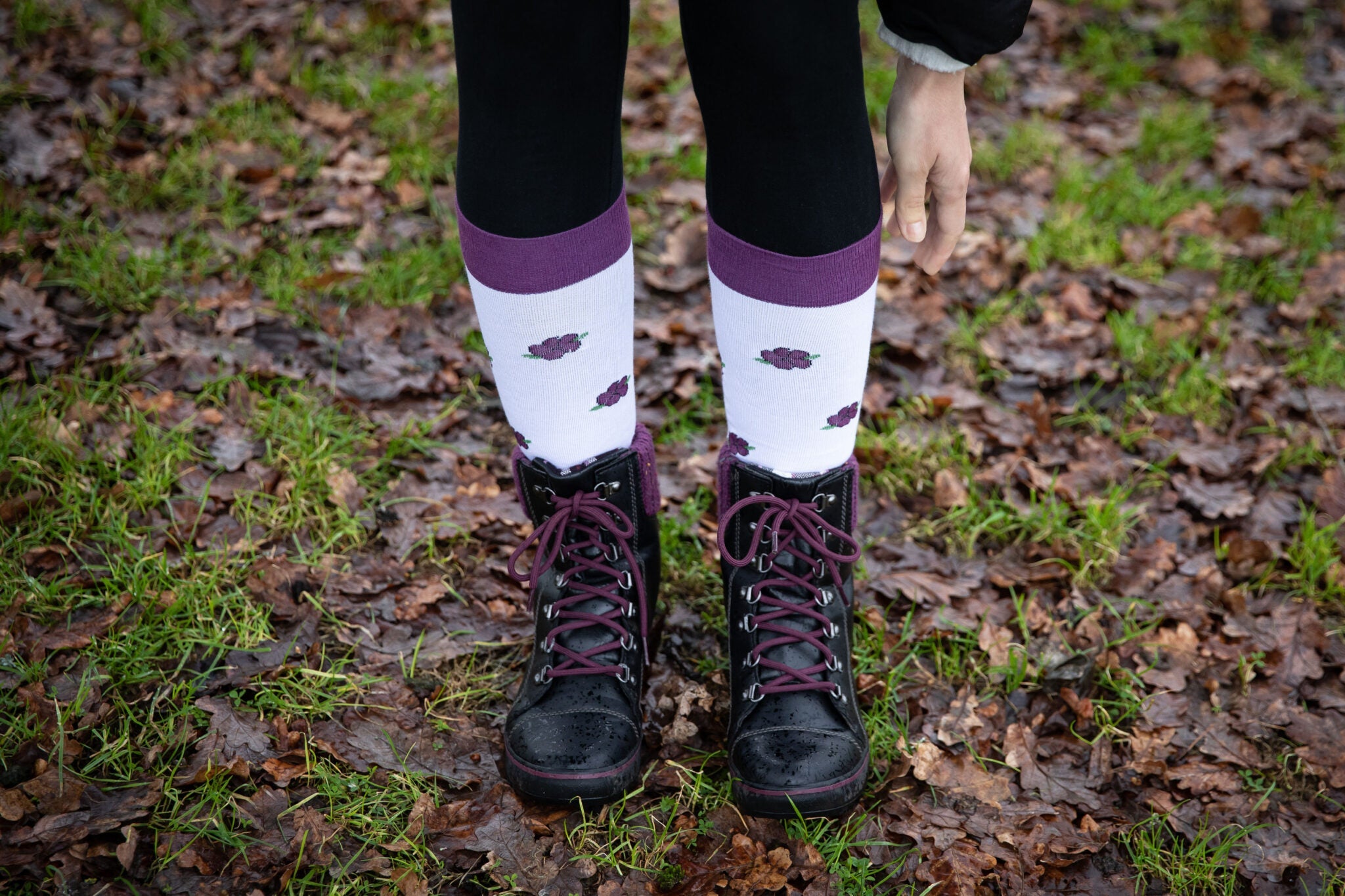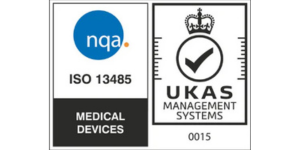Important: ALWAYS check with your doctor or surgeon before wearing anti-embolism socks or stockings after surgery. Do not wear compression garments without consulting a doctor.
Recovering from surgery can be a daunting and exhausting experience, especially if it’s a major surgery that affects your mobility and causes you pain. Being confined to your bed or sofa for extended periods can impact your circulation, increasing the risk of developing blood clots, deep vein thrombosis (DVT), swelling, and various aches and pains. What’s more, delivering plenty of fresh, oxygenated blood around the body may help your recovery and get you back on your feet sooner.
So with that in mind, this guide explores some reasons why you should consider wearing anti-embolism socks after surgery, and answers some common questions you may have.
Wearing Anti-Embolism Stockings After Surgery
There are a few reasons to wear compression socks or stockings after surgery, and they mainly relate to improving your recovery and increasing your comfort levels throughout the process.
Compression Garments for Surgery Recovery
Because surgical procedures can confine people to their bed or sofa, or leave them less able to move around as they normally would, blood circulation can be negatively impacted. This can lead to an increased risk of conditions like DVT, varicose veins, and pulmonary embolisms (PE).
For example, the risk of developing deep vein thrombosis is 20% after a major surgery, and up to 40% after orthopaedic surgery. Wearing graduated compression stockings is proven to reduce or eliminate these risks for people recovering from surgery.
What Are Anti-Embolism Socks & Stockings?
Graduated compression socks and stockings help improve your circulation by encouraging blood to flow back to the heart, and delivering fresh, oxygenated blood to the lower limbs. They offer maximum compression at the ankle, which reduces further up the leg.
Anti-embolism stockings and socks are the same as compression socks, but often offer a higher level of compression. They tend to start at around 18mmHg of compression and go all the way up to 32mmHg for very specific uses.
They can range in length from just below the knee to mid-thigh, and even full compression tights. Some may have open-toes which allow for inspection by your in-hospital medical team, and others may have a grippy sole to help prevent slips and falls when moving around.
Compression Socks for Comfort
As well as helping reduce the chances of DVT, this improved circulation can also prevent fluid buildup, and the swelling, aches and pains that come with it. It’s for this reason that compression socks can be beneficial for the elderly, pregnant women, those who work on their feet a lot, and those who travel frequently as well.
However, it’s essential to take your doctor’s advice about which type of anti-embolism stockings (AES) or compression socks to wear, and for how long. Depending on the location of your operation, the wound may need time to heal naturally and remain open to the air.
What To Consider When Choosing AES Socks & Stockings
AES socks and stockings may not be for everyone, and you must speak with your doctor or care provider to ensure you choose something that works for you. Important considerations include:
- Fit & Compression Level: This is the most important aspect when choosing the right compression sock. They should fit snugly but not too tightly. We recommend measuring your calf and thigh circumference to determine the right size. Your doctor will recommend the appropriate compression level.
- Material: Our range of AES Socks & Stockings is made from a blend of nylon and elastane for comfort and softness, and the DUOFIT™ tech means they stay comfy.
- Length: Whether you need socks, stockings, or leggings will depend on your specific requirements, so your care provider will be able to guide you.
Anti-Embolism Socks & Stockings FAQs
How long do you wear anti-embolism stockings after surgery?
This will depend on your specific circumstances, but most people will need to wear compression socks or stockings for between 4 and 6 weeks after major surgery, and 1-2 weeks after minor surgery.
Can you sleep in anti-embolism stockings?
Unless directed otherwise by your doctor, it’s generally best to take your AES socks or stockings off when you go to sleep. Not only is it more comfortable, but the effects of gravity are reduced when you’re lying down, making compression socks less important.
What should I do if I feel tightness, numbness, discomfort or skin irritation?
The first step is always to speak to your doctor or another medical professional, but if that’s not possible, we recommend taking them off and only putting them back on when directed to by your healthcare provider.
If you find that your skin is becoming dry, irritated or sore, remove them and speak to your doctor about possible alternatives.
Who shouldn’t wear anti-embolism socks after surgery?
Most people can benefit from wearing anti-embolism socks and stockings after their surgery, but those with cardiovascular conditions such as peripheral arterial disease (PAD), peripheral neuropathy, congestive heart failure/pulmonary oedema, a history of strokes, and hypertension may not be able to.
Also, those with certain skin conditions, allergies, or leg deformities should not wear them without speaking to their doctor.
FITLEGS Anti-Embolism Socks & Stockings
Recovery after surgery is never easy, but anti-embolism socks and stockings can help you feel more comfortable and get back on your feet (safely) sooner. Explore our full range of FITLEGS Anti-Embolism Socks & Stockings today to find the best fit for your needs.






